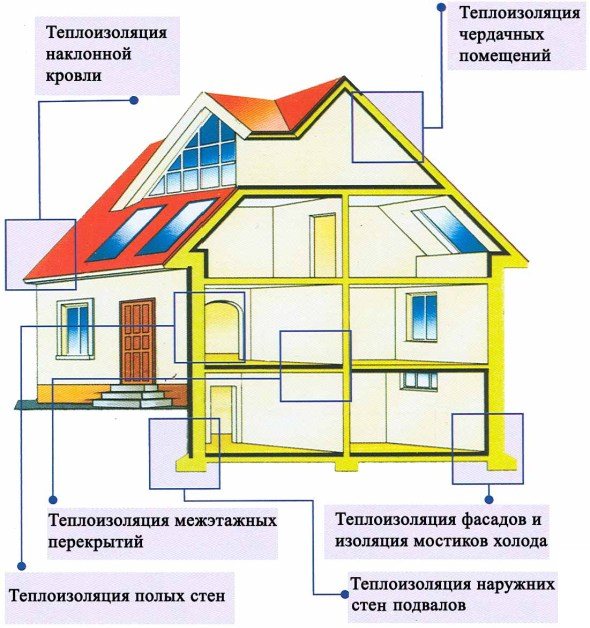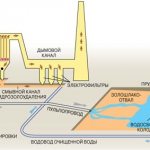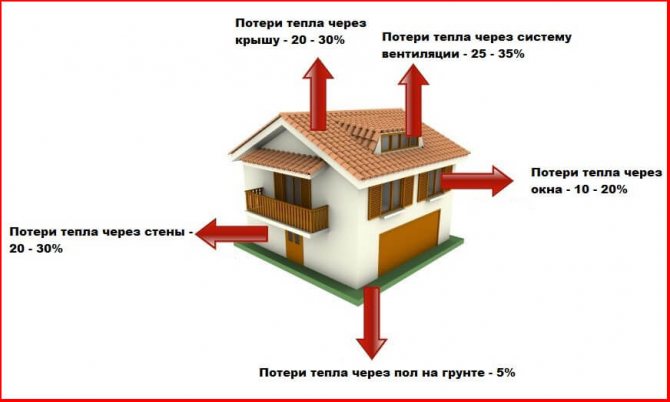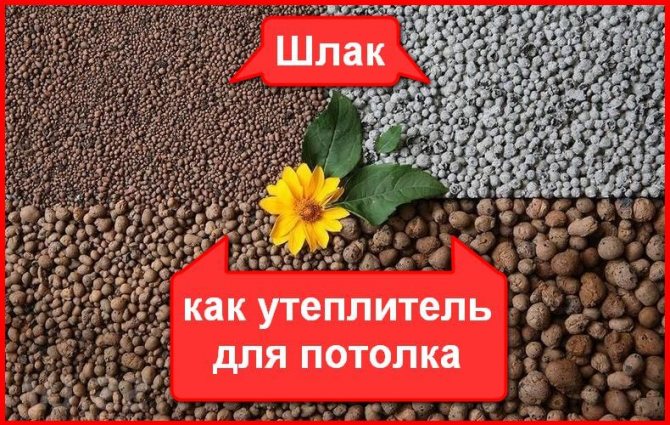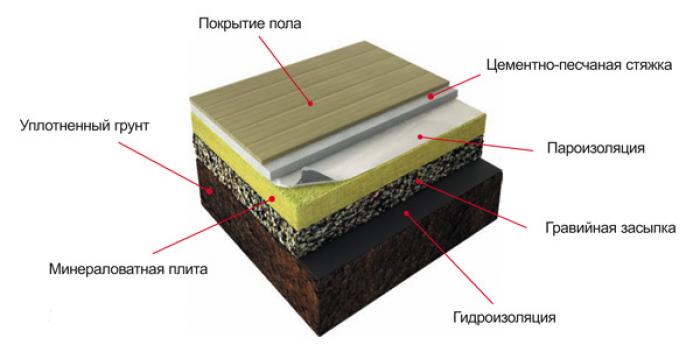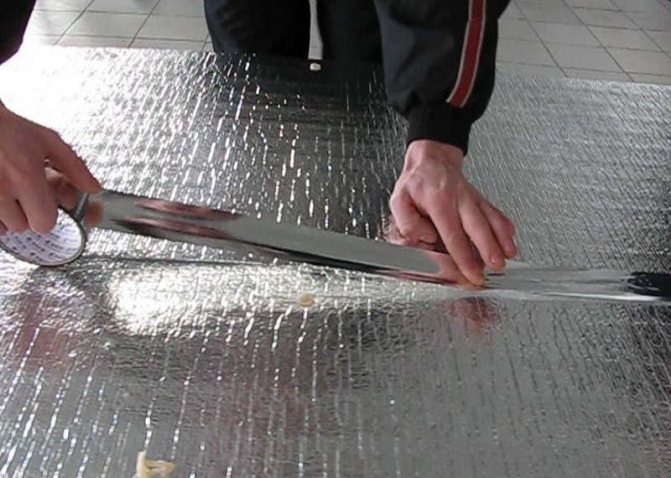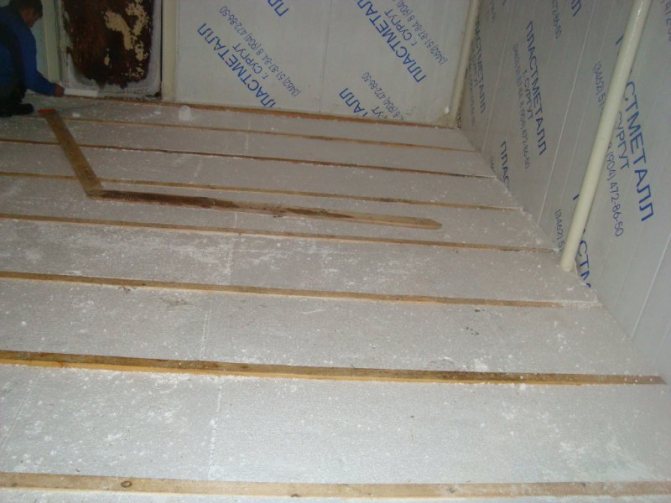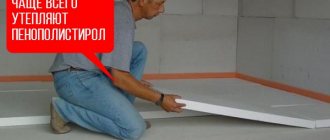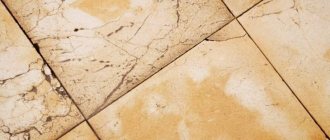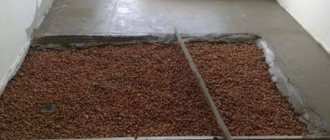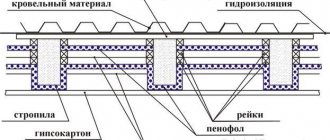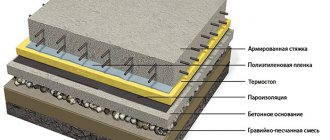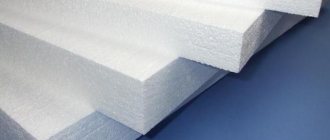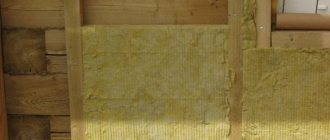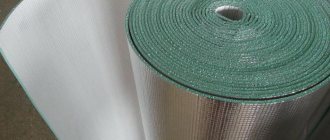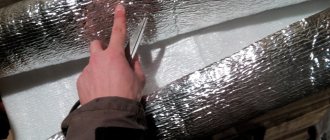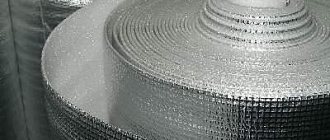In construction, it is permissible to use industrial waste as raw materials for the production of a number of construction works. The construction industry makes the most of the by-products of all kinds of industries.
Slag production scheme.
Slag as insulation in the construction of houses is the most affordable material to increase the efficiency and reliability of building operation.
Blast furnace slag is the main resource for the construction industry
After pig iron smelting, blast furnace slag is obtained, which is widely used in construction. It is the main ingredient for producing Portland cement. Slag as an additive improves the performance of the cement. The melt is formed by the action of high temperature from materials such as ore, gas environment and fuel. The composition of blast-furnace slags is characterized by the presence of iron, manganese, and sulfur. The chemical composition for the production of building materials is also important, therefore, blast-furnace slags, which have a composition similar to cement, are more often used in construction. Steelmaking slag after cooling has the form of crystals, is not granulated. The open-hearth slag is characterized by a dense consistency, the strength reaches 150 MPa, and is frost-resistant.
Slag varieties
Roof insulation with slag can be performed using one of the following types of this material:
- fuel;
- coal;
- metallurgical;
- domain.
Fuel
Fuel slag is a free-flowing material based on loose silicate masses. It is obtained by burning coal in the form of fractions or dust in a layer or chamber method. The first type of slag has an inhomogeneous structure, and the second has a finely porous homogeneous structure.
The ash content per unit volume can reach 40%, which indicates the relatively low strength of the material. In addition, unburned fuel residues may be present in its composition, which impair the thermal insulation properties.
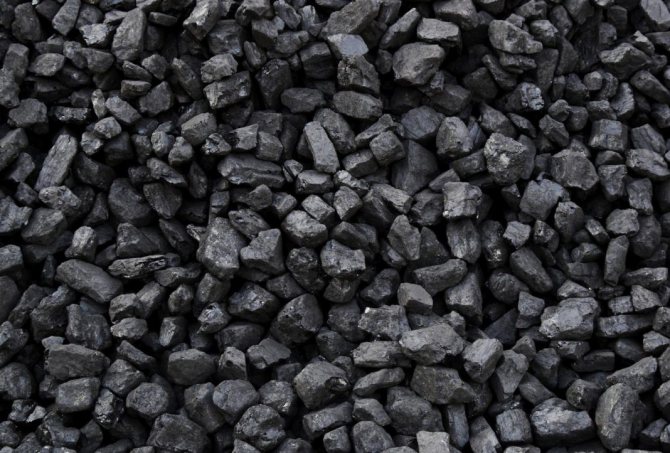
Fuel slag
Fuel slag is porous, therefore it is able to accumulate moisture, which requires the use of high-quality waterproofing during installation.
The main advantages of this type of slag are:
- high level of sound insulation;
- the possibility of obtaining a flat base for laying the floor covering.
Coal
Coal slag is formed as a result of burning coal and the occurrence of high-temperature reactions with inorganic components that make up its composition. Differs in high strength, since the ash content is up to 4%. The amount of unburned fuel is up to 20%, depending on the combustion method and chemical composition.
The features of coal slag are:
- volume fraction of the crystalline phase up to 80%;
- types of oxides in granules: aluminum, silicon, calcium;
- in terms of chemical composition, they are super acidic, basic and acidic.
Metallurgical
Metallurgical slags are obtained by melting nickel and copper compositions. They do not disintegrate, do not corrode, and have a high tensile strength - up to 300 MPa. Their main application is fibers for mineral wool.
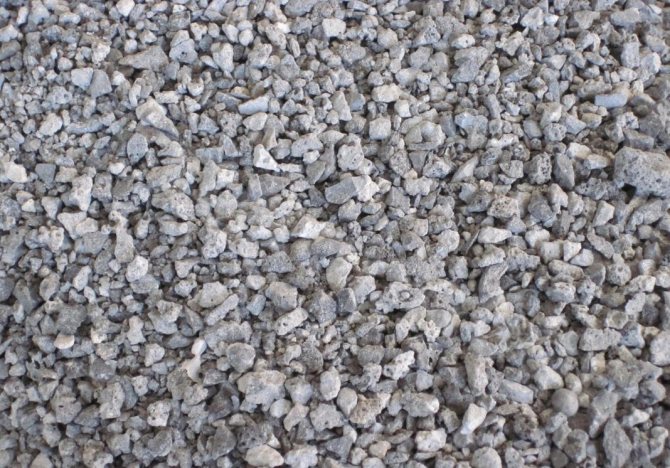

Metallurgical slag
They are resistant to chemical attack, sound insulating properties, low porosity and moisture absorption.
Domain
Blast furnace slag is a by-product of smelting pig iron from iron-bearing ores in blast furnaces. When melted, it floats above the cast iron, which simplifies its separation from the bulk.Properties depend on the composition of the ore, the fuel used, the smelting process and the cooling rate.
Non-ferrous metallurgy slags in construction
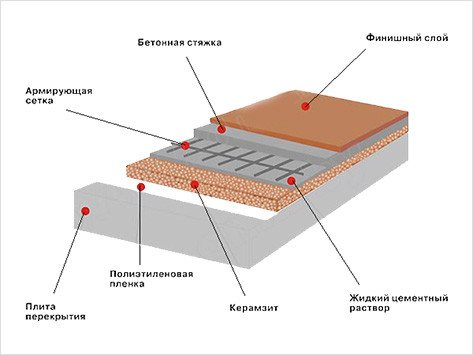

Floor insulation scheme with slag.
Nickel and copper smelting slags are widely used in the construction industry. They do not disintegrate, the strength limit is 120-300 MPa. They are used for the production of mineral wool.
Blast furnace slags of the 1st grade have a coefficient indicating their quality - 1.65, for the 2nd grade - 1.45; grade 3 - 1.2. Slag crystal has become widespread. This material is used in construction for flooring, for cladding a building. When applied, the floors in private houses are of good quality, their service life is improved, and the costs required for thermal insulation are reduced.
How to choose insulation
There are many possibilities to insulate floors in built houses, but it is better, of course, to provide for this even when developing a construction project. It must be remembered that when choosing a heater for floors, you need to be guided by several factors:
- the type and purpose of the premises;
- the conditions of its operation;
- other specific requirements.
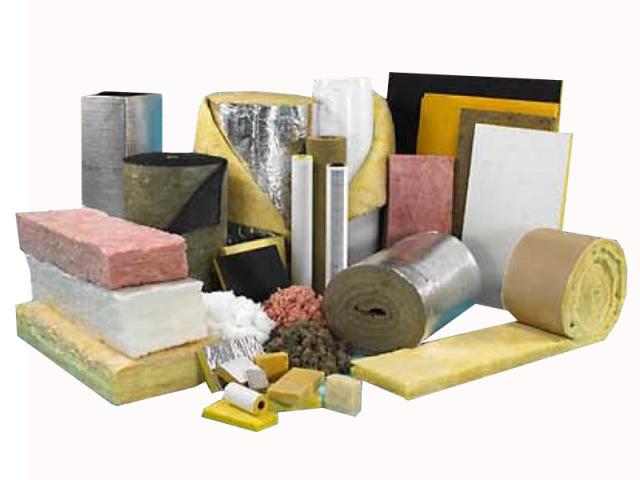

A huge variety of heat insulators makes you think about a careful choice
Basic requirements for heaters in construction
During the construction of a private house, much attention is paid to the issues of heat preservation in a residential building. Most often, insulation is made for walls, basement space or attic. In brick houses, the requirement for thermal insulation is met by walls with a thickness of 1 m.
Insulation must meet several basic requirements. Special attention is paid to thermal conductivity. With its low parameters, heat remains longer and the consumption of insulation decreases. The thermal conductivity of slags is LSh = 2.3-3.5 W (mK), slightly less than that of metal. Insulation must be able to absorb moisture well. The hydrophobicity of the slag has average properties: the material is safe and stable, has a density of 3471 - 3765 kg / m³. The material is fire resistant. Melting temperature 150 - 200 ° C.
Insulation should be lightweight. The volumetric weight of slag in the placer is 700-1900 kg / m³, in a lump - 700-2900 kg / m³. Insulation must be selected in such a way that it can be easily mounted, and the cost of purchasing it was insignificant.
There is no insulation that would meet all the requirements. When used in ceilings, slag with a density of up to 1000 kg / m³ has a thickness of 30 cm.
Ceiling insulation materials
When choosing materials for ceiling insulation, the following must be considered:
- The thickness of the insulation layer depends on the thermal conductivity of materials. The smaller it is, the better.
- The weight of the insulation is an additional load on the ceiling. The use of lightweight materials reduces the requirements for the bearing capacity of structures and their cost.
- When determining costs, it is not the price of a cube of materials that should be compared, but the cost per square meter of surface thermal insulation.
- The fire spreads from the bottom up, so strict requirements are imposed on the fire safety of ceiling insulation.
- If the roof leaks, the ceiling may be flooded with water, which means that preference should be given to materials with low water absorption.
- Bulk materials can be used to insulate horizontal surfaces.
The characteristics of the most popular heaters are summarized in the table.
| Material name | Thermal conductivity, W / (m * K) | Layer thickness, mm | Water absorption,% | Weight, kg / sq. m | Cost, rub / sq. m |
| Sawdust | 0,07 — 0,09 | 150 | up to 70 | 300 | 35 — 50 |
| Boiler slag | 0,29 | 350 | 40 — 60 | 250 | 300 |
| Expanded clay | 0,1 — 0,18 | 200 | 8 — 20 | 160 | 520 |
| Styrofoam | 0,039 | 100 | 1,5 — 3,5 | 2,5 | 175 — 350 |
| Mineral wool | 0,041 | 100 | up to 70 | 3,7 | 160 — 380 |
| Ecowool | 0,04 | 100 | 9 | 10 | 190 — 400 |
Scope of fuel slag
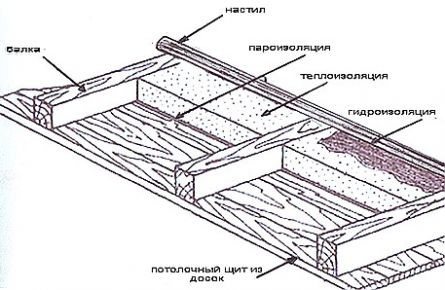

The scheme of insulation of the ceiling of a frame house.
Floor insulation in brick houses is carried out with the help of melt, which is poured under the wooden floor. Particular attention is paid to quality: it should contain as little ash and unburned coal as possible. Impurities reduce the quality of the finished aggregate.
Thermal insulation with fuel slag is used in wooden houses, while not only providing thermal insulation, but also reducing the noise level. In modern construction, slag is used to level the coating under the floor; With the help of cinder-concrete blocks, you can replace expensive bricks and significantly reduce the cost of production. Many developers make the mistake of using fresh slag as insulation, which contains many harmful substances.
Slag building material is obtained after a thorough processing process. Fresh slags are piled and kept for 2-3 months. Such aged slags are protected from destruction. After aging and watering with rains, it is freed from lime, sulfur compounds. Fresh slag is also used for the preparation of concrete mortar.
Pros and cons of slag insulation
Slag is a durable and inexpensive insulation that is used in combination with other materials during construction work. Insulation with such raw materials is often used in wooden houses, which provides not only good thermal insulation, but also noise insulation. It does not suffer from the influence of rodents and insects.
The fuel type of slag is a loose material, which provides a high degree of thermal insulation. It possesses bactericidal properties and does not rot over time... But this type of insulation also has a big drawback - its uneven surface, in connection with which some difficulties arise when installing it. In addition, the industrial type of slag is strictly forbidden to be used in residential premises, as it emits substances that are hazardous to human health.
Coal slag in construction
Coal melts are widely used in modern construction. The connection formed between the slag and the binder is called cinder concrete. This new type of building material is several times superior to the heat-shielding properties of ordinary bricks. Slag concrete is durable, inexpensive.
Fuel melts are used in the manufacture of slag concrete blocks. They are less durable than metallurgical ones. When anthracite is burned, the highest strength agglomerate is formed. The highest quality melts are obtained by burning brown coal. The chemical composition of the resulting raw material provides for the absence of various impurities in it in the form of clay, ash, unburned particles and earth. In slag, special attention is paid to the quantitative ratio between soft and coarser parts. The use of a fine-grained substance makes it possible to obtain lighter concrete, but they are inferior in strength to heavy ones.
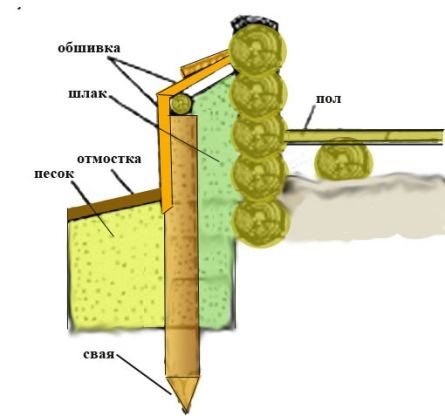

Insulation scheme for the basement of the house.
When building a house for external walls, the ratio between large and small parts should be 4: 6. All internal walls are made of fine-grained slag, which provides their strength.
The list of modern materials used for insulation is wide, and 90% are insulation made of mineral fibers and plastics. All inorganic materials are made on the basis of raw materials with a mineral composition. Slags belong to this class. Metallurgical slags by means of silicate melt are used to obtain mineral wool.
Slag pumice is widely used as a heater. It provides for the use of a special cooling mode. Astringent properties are completely absent.
Types of slag insulation
The choice of insulation for a particular room depends on several parameters - price, properties of raw materials, availability in use, service life and safety. In the construction industry, the following types of slag are used as insulation:
- fuel;
- coal;
- metallurgical;
- domain.
For insulation of the ceiling of both residential and industrial premises most often used as a fuel type of slag... It represents focal residues formed after the combustion of solid fuel in the furnaces of boilers, and also contains ash particles melted into separate pieces. Such slag is used by builders to obtain slag Portland cement. Mineral wool, slag pumice and slag casting are produced from the melts of these raw materials.
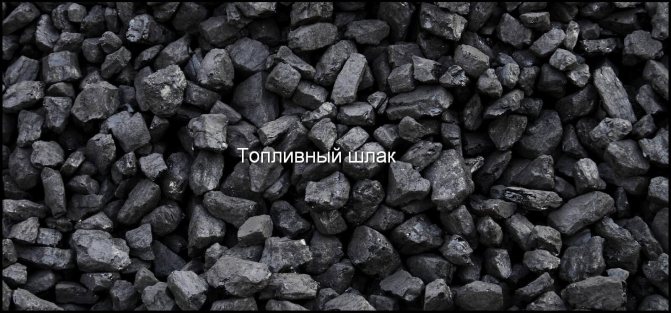

Coal slag is a material that is mixed with a binder in order to obtain a durable and reliable slag concrete. It has good thermal insulation characteristics and is several times cheaper than brick, but it is not inferior in quality. Slag concrete does not contain any admixtures of sand, ash and clay, due to which excellent thermal insulation qualities are achieved. Coarse-grained slag concrete is used to insulate walls outside the building, and fine-grained ones - for thermal insulation of the floor and internal walls of the house.
Metallurgical slag is produced from nickel and copper smelting compositions. Such raw materials are often used for thermal insulation of the floor.
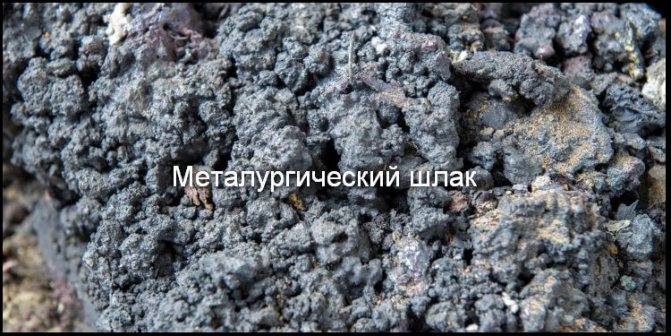

Blast furnace slag is a material that remains after smelting various cast iron products. It is used in the production of Portland cement, which helps to improve the performance of the mortar. The composition of the blast furnace slag resembles a cement mixture.
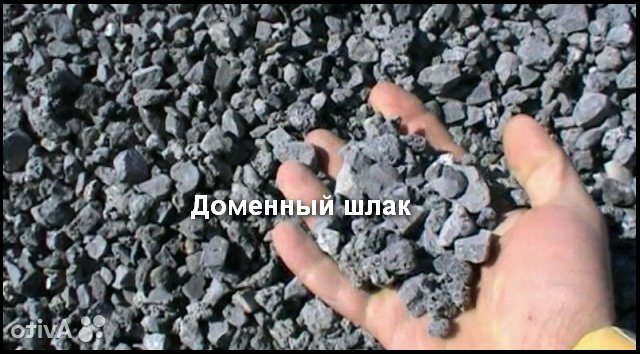

Floor insulation using slag
When building a house, proper floor insulation is always in the area of special attention of the developer. The entire heat flux is directed into the residential part of the building through the walls, as well as through a large area of the floor. During construction work, the developer insulates the basement in such a way that the temperature at the base of the floor is at the level of the air temperature in the residential area. It can fluctuate in the range of about 2 ° C. For the floor, the coefficient of heat absorption is very low. For flooring and subsequent floor insulation, it is necessary to prepare the necessary tools and materials:
- nail puller;
- ax;
- ticks;
- chisel;
- hacksaw;
- roofing material;
- wooden bars 2-3 cm thick;
- level;
- slats;
- rule;
- antiseptic;
- drill;
- a hammer;
- insulation;
- nails;
- pencil.
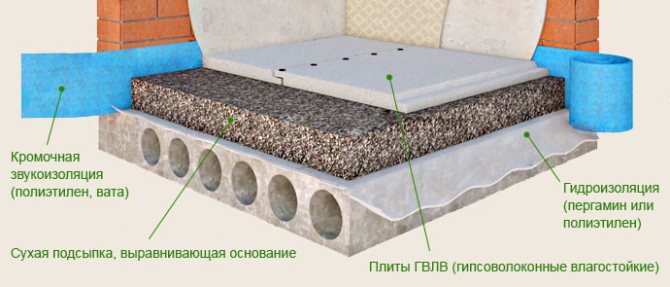

Installation diagram of a dry floor screed.
When carrying out floor insulation, the work is carried out in 3 stages: first, work is carried out with the subfloor, then the insulating material is mounted, and the work ends with the finished floor. It is possible to use a layer of waterproofing, laid before the process of creating the subfloor.
Slag is laid as an insulating material on top of the subfloor. Insulation provides for the creation of a gap of 15 cm from the insulation layer. Insulators must be treated with all responsibility: they must have high performance, be durable, and be well cut to the required size.
Tools and materials
Before work, you need to prepare the tools. Since the installation of the heat insulator is carried out with additional fastening with dowels, you will definitely need a hammer drill to drill holes for fasteners. To prepare the walls for installation, you must have a set of tools, which usually include trowels, floats and rules.
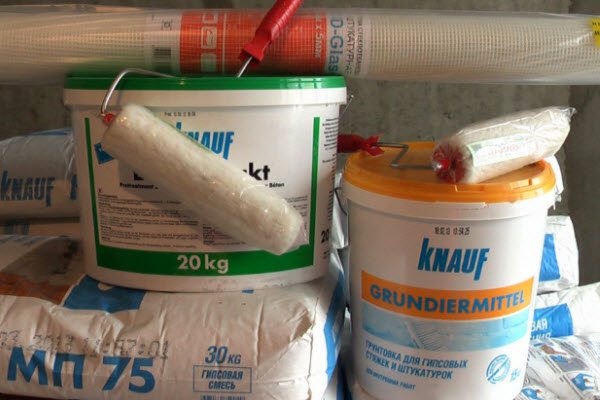

When installing insulation, you will also need the following materials:
- Primer for treating walls before installation. It removes dust from wall blocks, while reducing the consumption of glue;
- An adhesive composition with which the insulation plates are attached and perform their surface reinforcement;
- Fiberglass mesh for external reinforcement;
- Profiles that secure the outer corners of the insulation layer and window slopes;
- Galvanized starter profile that supports the lower part of the thermal insulation layer;
- Dowels-umbrellas with a plastic core;
- Decorative facade plaster - finishing of thermal insulation.
Step-by-step process of floor insulation
Pre-carefully check the plane of the log to determine how smooth they are. They can be trimmed if necessary. Floor insulation should consist of several stages. Insulation is a part of 3 heat-insulating layers: rough filling, heat-insulating material and floor covering.
First, a mesh is mounted to protect against the formation of their nests by rodents. Insulation is attached between pre-installed lags. After the installation of the mesh, slag is backfilled. The method of insulation also directly depends on what kind of foundation a residential building has. With a columnar or strip foundation, the process of warming begins with the filling of granular slag into the underground surface.
A subfloor is mounted on top, and the insulation is again laid. It is possible to lay a layer of slag between the rough and upper floor, which is additionally lined with insulation on top; on the subfloor, in addition to the slag, a waterproofing layer is laid.
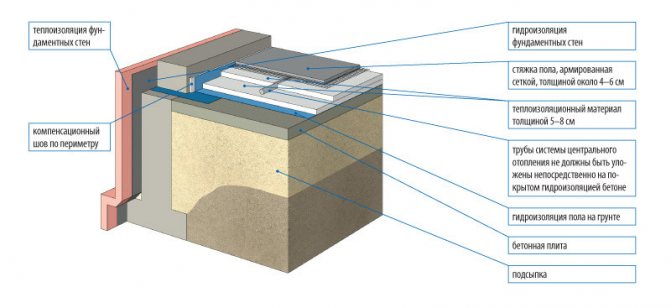

Floor laying scheme on the ground.
If the house is made of timber with a basement and it is necessary to insulate the floor on the ground floor, a double floor is created. First of all, the beams are installed strictly horizontally, at the same distance from each other. Bars 50x50 cm in size are nailed along the bottom of the beams, boards 25 - 50 mm in size (thickness) are taken and the subfloor is equipped. These boards are not attached to previously nailed bars. Then a vapor barrier layer is installed, and the insulation is laid.
At the end of the work, the flooring is laid. The entire space between the beams is filled with slag. It is prepared in advance for insulation: the required amount is mixed with lime so that there are no rodents. Lime is taken in the amount of 10% of the total volume of slag intended for insulation. During the preparation process, it is necessary to thoroughly stir the mixture to form a homogeneous substance. There is no air gap between the slag-like insulation and the vapor barrier layer.
Floor thermal insulation technology
Insulation of ceilings and floors has a relatively simple technology, which is implemented in the following sequence:
- Selection of the necessary tools.
- Calculation of the amount of material depending on the requirements for the level of thermal insulation.
- Preparing the premises for installation work.
- Installation of a vapor barrier with clay mortar treatment.
- Slag filling.
- Concrete screed laying.
- Installation of cladding and decorative coatings.
Preparatory stage
At the preparatory stage, you will need to select the necessary tools, materials, clean the surface, check its strength and bearing capacity. This will allow you to perform the installation not only quickly, but also to ensure the maximum service life of the insulating layer.
List of required tools:
- roulette;
- level;
- shovel;
- marker;
- hacksaw;
- containers or stretchers for carrying and filling slag;
- capacity for a binder solution;
- nails and a hammer or screws and a screwdriver.
You will need the following materials:
- slag;
- waterproofing film or roofing material;
- wooden or steel slats;
- antiseptic.
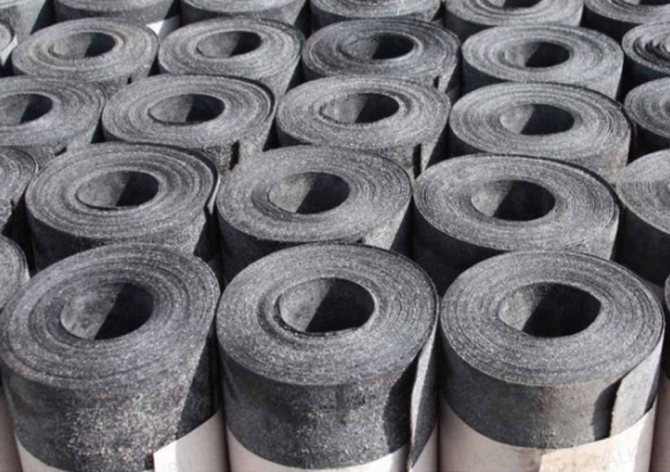

For insulation with slag, roofing material is needed
Installation on a wooden base
Thermal insulation of wooden floors using slag is performed as follows:
- Carefully dismantle the wood flooring.
- We treat all wooden supporting structures with stain or antiseptics.
- We level the soil under the floors, add sand and gravel if necessary, and be sure to tamp it. It is important that the distance from the ground to the floor is at least 32 cm.
- A waterproofing layer with an overlap of 15-20 cm is laid on top of the ground.When laying, the walls are captured to a height above the finishing level by 10-15 cm. Joining seams are glued with special tape if a film was used, or they are warmed up and sealed with mastic if roofing material was used.
- We align the position of the lag so that their surfaces form a single plane.
- We pour slag into the gap between the logs. At the same time, we achieve the most dense laying and a flat surface by leveling. The distance from the insulation layer to the wood flooring should be 4-5 mm.
- We lay a vapor barrier layer on top of the log and insulation with an overlap at a distance of 15-20 cm and gluing the joints with special tape.
- On the lags, we carry out the flooring. We use boards or thick plywood sheets.
Roof insulation using bulk-type heat-insulating materials, slag, is carried out similarly to installation on a wooden base, but the vapor barrier is laid from the side of the room, and the waterproofing is from the attic. No gap is left between the insulation and the cladding.
Penoizol and expanded polystyrene
Polymeric heaters, which include penoizol, polystyrene foam and expanded polystyrene, are also in great demand. Of course, ceiling insulation with penoizol or similar materials surpasses other methods in terms of efficiency and ease of use. Such heaters are very resistant to adverse conditions, they perfectly withstand both low and high temperatures, absolutely not deforming. Mold does not form on them, so the materials do not rot and can serve for a very long time.
In addition to thermal insulation properties, polymer insulation perfectly absorbs sound, and therefore can be used as sound insulation. Despite the artificial origin, these materials are environmentally friendly, they do not emit any harmful fumes.
But they also have disadvantages. Styrofoam plates are quite fragile, and work with them requires accuracy. During combustion, polymer insulation emits very corrosive smoke. And besides, their prices are very high. There are insulation materials made of foam or expanded polystyrene in the form of granules; such material is cheaper, but less effective for thermal insulation.
